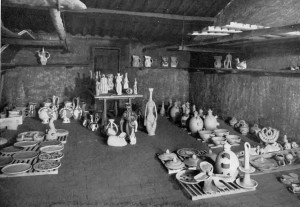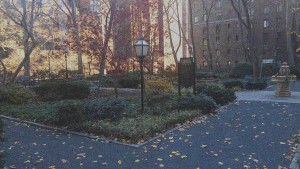Pablo Picasso Ceramic Editions from the Madoura Pottery
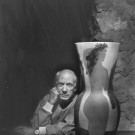
In the summer of 1946 Pablo Picasso visited the ancient city of Vallauris in the South of France. The name Vallauris comes from the Latin “Vallis Auris” – Valley of gold, but the gold here was the rich clay of the area. The town became a pottery center in Roman times, producing the amphorae that wine traditionally was stored in.
Two thousand years later Vallauris was still a pottery center, though the sixty-odd workshops of the town were in depressed economic straights after the Second World War. Picasso, who was soon to move to the South of France, admired some of the local ceramic production in Vallauris and amused himself by decorating a few plates. When he returned a year later and was shown the fired results, he was enchanted. Georges and Suzanne Ramié, owners of the Madoura workshop seized the opportunity to invite him to make himself at home at Madoura, putting all of their artisans at his disposal, even giving him an outbuilding to store his production.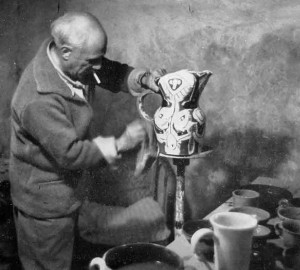
It was a dangerous offer to a man like Picasso, who happily took over the pottery’s entire output. Clearly Madoura couldn’t survive as the personal ceramics studio for Picasso, so it was early on agreed that the Ramiés could produce editions after Picasso’s originals. These “Authentic Replicas” would be sold inexpensively to the tourists, which worked to everyone’s advantage. Picasso could explore this wonderful medium; the tourists could bring home a whole new category of souvenirs from their French vacation; and the local economy would get a much needed boost. Even better for Picasso whose financial success as an artist was the cause of grumbling in the Communist Party which he had recently joined — Picasso could now demonstrate that he was helping labor employment, plus he was making affordable art for the people!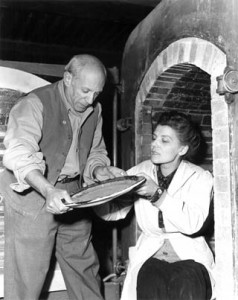
Ultimately Picasso personally decorated over 4,000 ceramics at Madoura, the vast majority of which he kept for himself and which are now in museum collections or still belong to the Picasso family. The artist was also directly involved in the replication by the Madoura artisans of over 600 of his ceramics in editions of between 25 and 500. These were sold at Madoura from 1947 until Picasso’s death in 1973 and what remained continued to be sold until the individual editions sold out. Each ceramic was given an individual reference number in Alain Ramié’s definitive Catalogue Raisonné which everyone now uses for easy identification. The most interesting forms ceased to be available within a few years of their introduction, but Madoura was still marketing leftovers until 2012 when what were said to be the pottery’s “Bon à tirer” collection was sold at Christie’s South Kensington for record prices.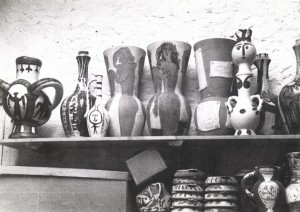
Almost as soon as they became available Picasso ceramics were adored by the public (especially those tourists bringing back Picasso souvenirs). The art establishment, however, was initially convinced Picasso had lost his marbles: the great creator of Cubism was now playing with clay! However, with the 1998 blockbuster exhibition, PICASSO: PAINTER AND SCULPTOR IN CLAY, presented by the Royal Academy of Art and the Metropolitan Museum of Art, Picasso ceramics were acknowledged as some of the artist’s most innovative work. Today items that people’s grandparents paid less than $10 for can sell for tens of thousands. The market in fact is more heated — and prices more erratic — than ever before.
With the total number of Edition Picasso Ceramics approaching 120,000 in number, common sense would suggest that the smallest — and therefore the rarest — editions would command the highest prices. However, some ceramics that were made in editions of 25 have sold for much less than fairly common examples from editions of 500. The reasons why might surprise you.
To understand value and quality in this area takes experience and knowledge. I’ve assembled a lot of both as Director for over twenty years of the Jane Kahan Gallery, one of the first and still one of the most important galleries in the world to specialize in this area. In forthcoming posts I’ll share some of what I’ve learned.